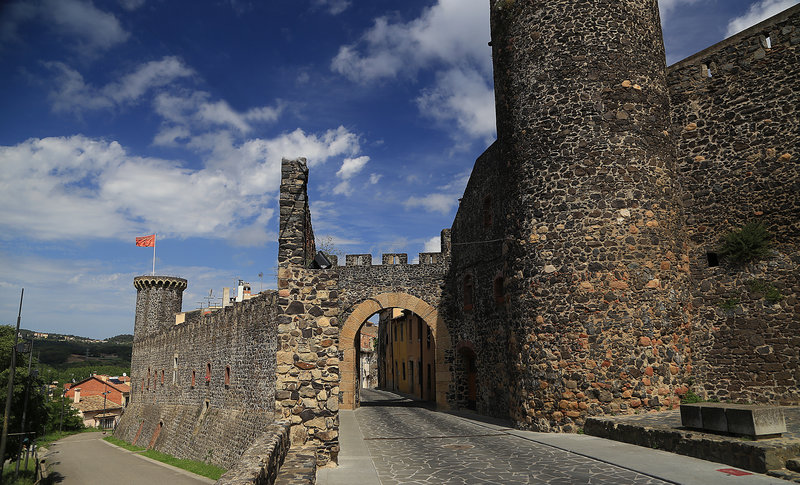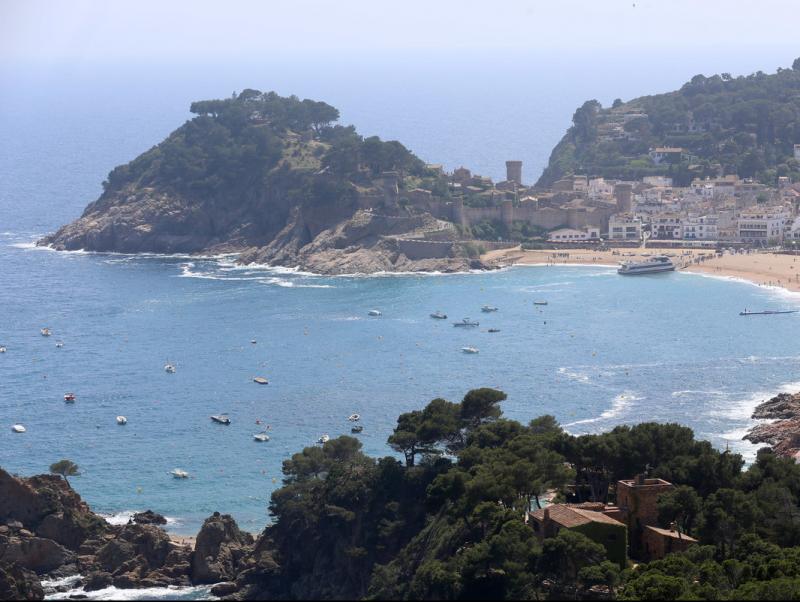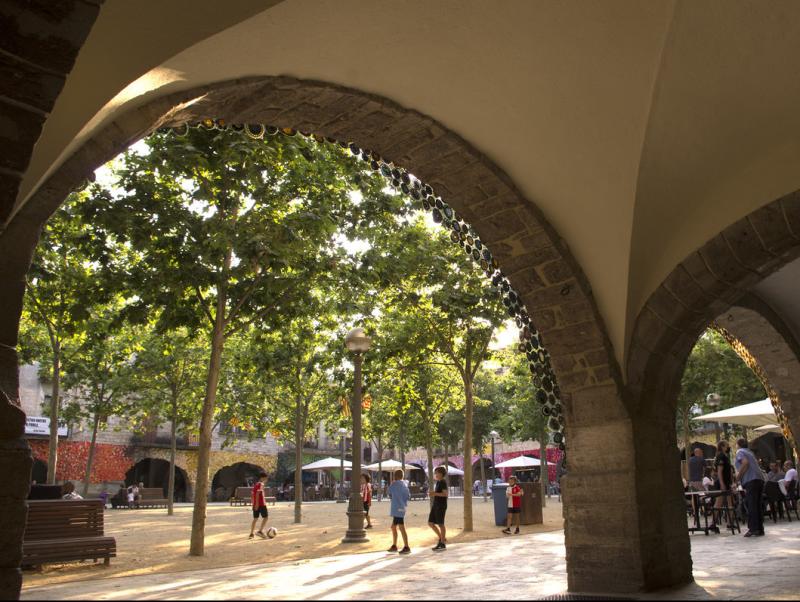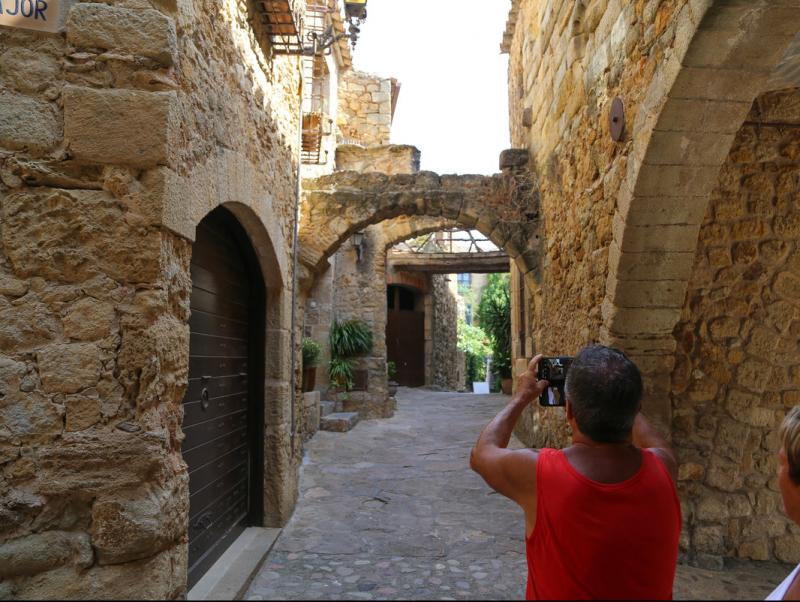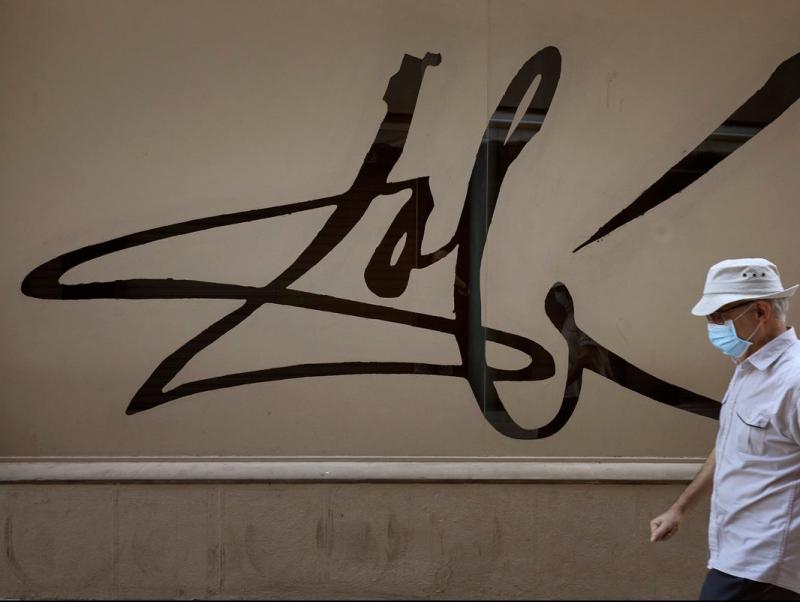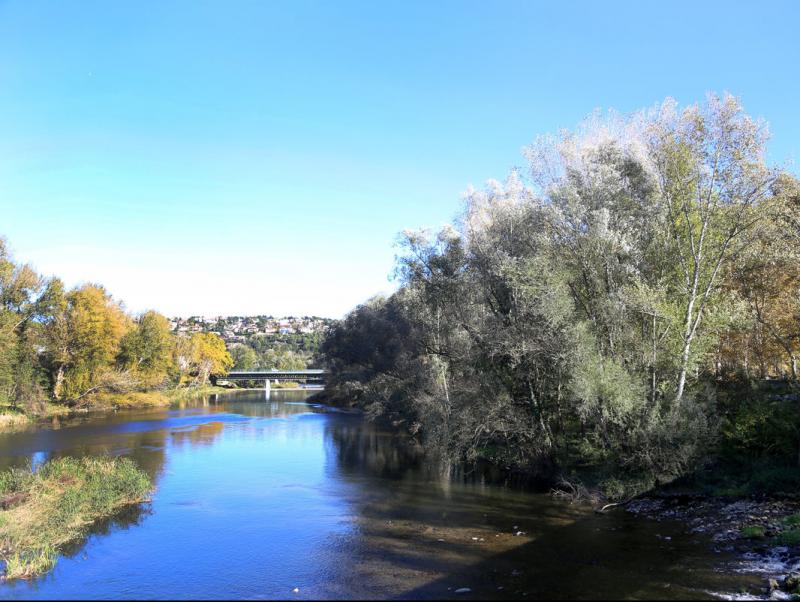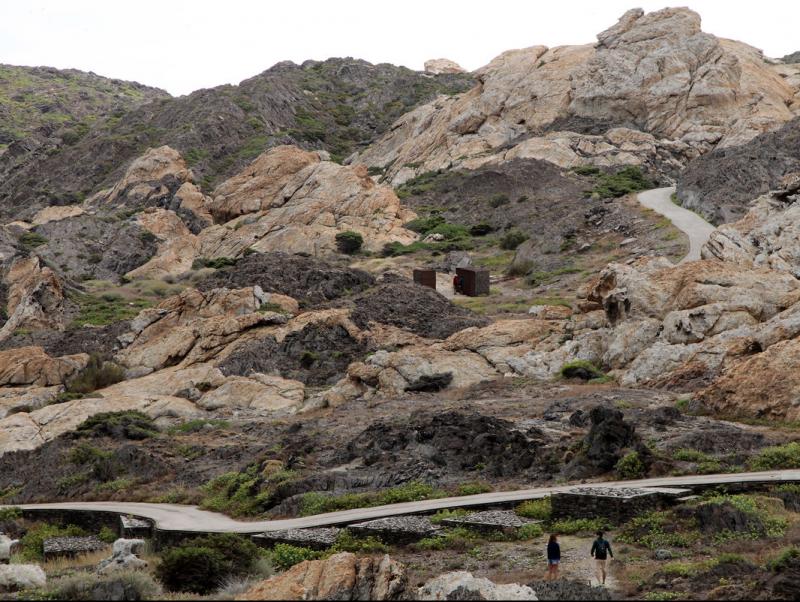Hostalric and the legacy of the Cabreras
In 1810, Hostalric was on the verge of disappearing. French troops commanded by Pierre François Augereau, who were obsessed with gaining entry into Girona and considered the town to be the city’s first line of defence, turned the former administrative capital of the Cabrera dynasty into a ruin. After five months of siege and more than 6,000 bombs, only four of the two hundred houses in the town remained intact.
However, the misfortune did not manage to erase Hostalric’s history and today the visitor will find a renovated town that retains signs of its military past when it acted as a stronghold. For example, in the high street are still to be found military inscriptions, such as “Captain”, “Colonel”, or “Officer”, on the houses where the officers of the garrison were temporarily billeted. Meanwhile, a walk along Carrer Major or Carrer del Raval reveals that each home retains its patronymic and the town hall, located in the old convent of Sant Francesc de Paula protected by the Torre de les Hores, contrasts with the power of the walls that show that the town was once one of the most important in the Selva area.
Hostalric’s cobbled streets invite a leisurely stroll among unique shops and first-class restaurants. Meanwhile, those with the legs for it might like to take a walk up to the castle, which used to maintain control over the Royal Road and that in the 17th century was adapted to the new defensive techniques of the day. The castle continued to act as a military stronghold until 1929, after which it became one of the town’s key landmarks to visit. In 2015 the Castle Interpretation Centre was opened.
Yet Hostalric also preserves a legacy that goes even further back, to the Middle Ages, when the town was a possession of the House of Cabrera, the Catalan dynasty that rose to rule the Viscounty of Girona. In fact, we can still find a mill that dates back to medieval times and even today is known as the mill of the viscounts.
out & about
Castle Interpretation Centre
Inside the castle’s counterguard is the interpretation centre with its audiovisual and interactive areas. It is the starting point for a visit. Here we discover that the fortress has a sawtooth shape or that it was entered through the Carros gateway. Then we can go to see the Santa Tecla bulwark, visit the gunpowder magazine, and look in on the bomb-proof gallery, where during the French War the garrison took refuge with 1,500 local people. Across the courtyard is the place where the castle of the Cabreras once stood.

